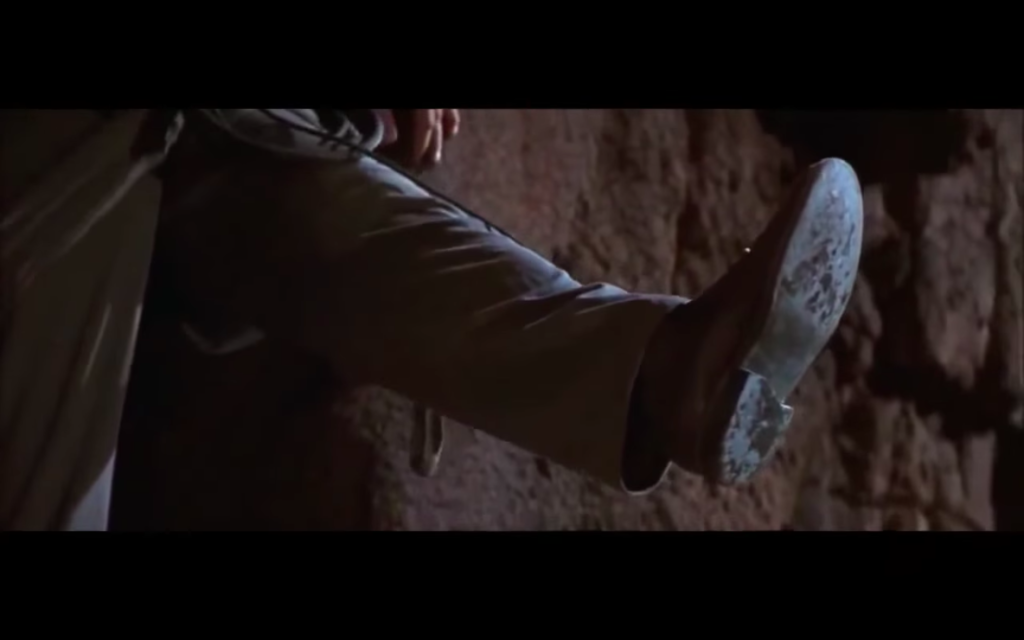I was listening to the latest edition of the Copywriters Podcast, in which David Garfinkel interviews Brian Cassingena.
Brian used to be the head copywriter at Mindvalley, and now he seems to have gone rogue, helping individual businesses improve their sales funnels.
David asked Brian about the biggest mistake he sees with funnels. This was Brian’s response:
“[Businesses] are not split-testing enough. We assume — copywriters are the same — we assume we know what would work best.”
Isn’t that what you pay a copywriter for though?
A good copywriter — an A-lister like Brian — can be expected to get top-gun results much of the time, or at least drastically outperform some schmuck off the street.
Right?
Maybe not.
Here’s what Dan Ferrari, another big name who writes sales copy for the Motley Fool, has to say on the topic:
“The C-level marketers that test 50 promos per year will beat the A-list marketers that test 5.”
What?
Come on, Dan.
Seriously.
What about guys like Gary Bencivenga, whose copy never lost, always became the control, and made his clients millions of dollars without fail?
Well, here’s Gary Bencivenga himself, describing a part of his decision process on whether he would accept a project or not:
“What I really want to know about the advertising is whether or not I see an easy way for me to beat it. If the advertising was created by somebody like Clayton Makepeace, it’s an immediate turnoff.”
The fact is, Gary wasn’t “selling ice to eskimos.”
He would only take on “easy” projects where he had a great chance of succeeding right up front (no harm there, it’s a smart strategy).
And even then, he would spend months and months upon research, to ensure he would really get the best angle.
Which leads me to the final quote, this from Ben Settle (I’m paraphrasing):
“Copywriting isn’t hard if you know your market well.”
The thing is, copywriting isn’t some dark art where you either know the magic spell or you die.
Instead, it mainly comes down to two things:
1. Researching your market.
2. Testing to see which appeal works best.
If you want to see how this simple 2-step approach can successfully be used in practice (specifically, for selling health products such as supplements), you might like my upcoming book on email marketing for the health space.
It’s not out yet, but you can sign up to get it for free when I do finish it. Here’s the link:

